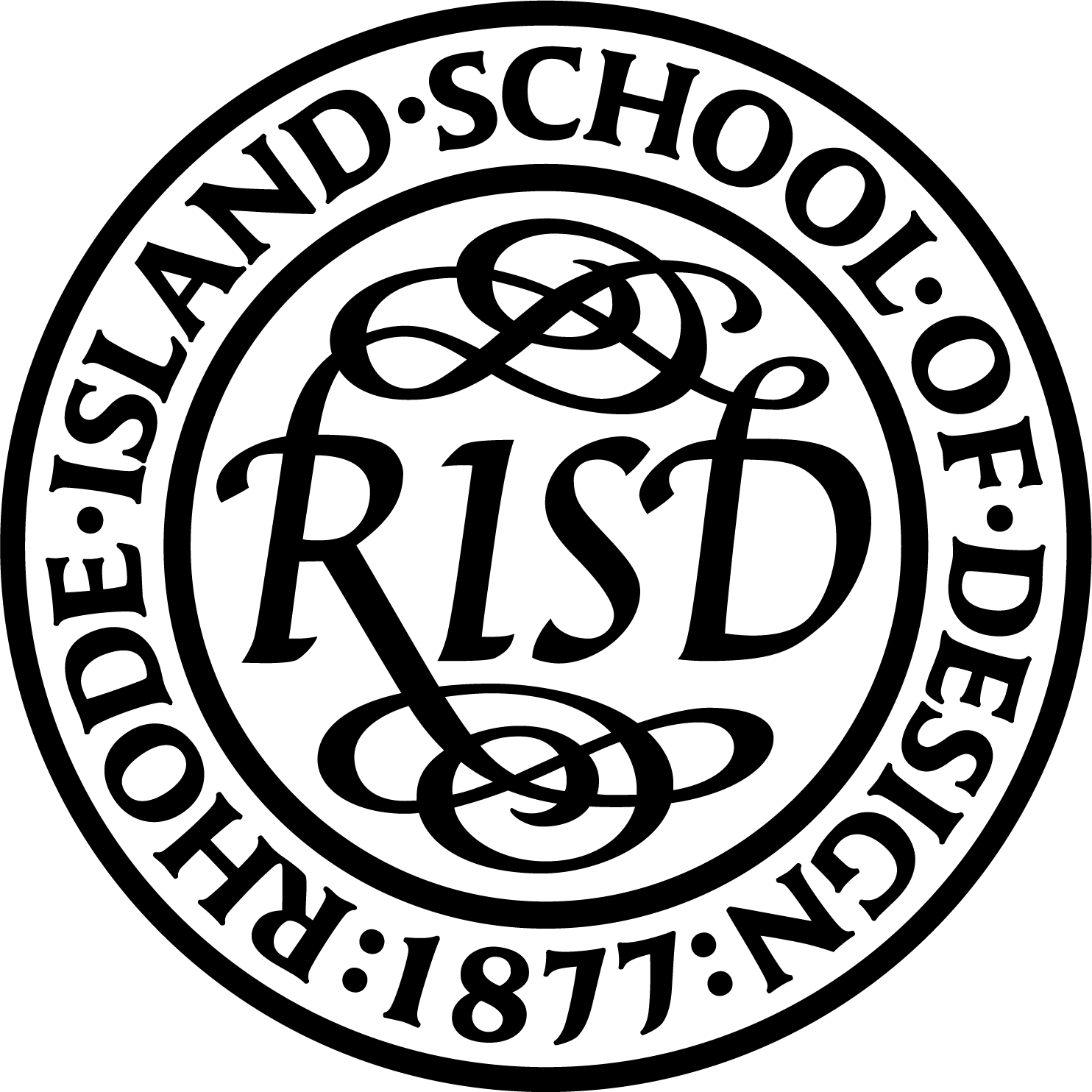Ephemeral




︎ Creator:
Mayela Mujica
︎ Advisors: Lothar Windels, Peter Yeadon, Ben Blanc
There’s something wonderful about ephemeral objects; that something can transition, crumble and change form over time and adapt to the user’s behaviors. The power of these objects goes beyond their ability to transform. They support questions about our relationship with these and other items, enabling us to look at decay as something beautiful and exciting, something to be celebrated.
This thesis examined how objects can have a very limited, but meaningful life; and, after their time is up, they transition to another life. As they morph into something else, our relationships with these objects will also change. By knowing that their time is limited and that they are temporal, how we use and think of them changes. This then creates new relationships, new forms of consuming and disposing of objects. The new connections to objects, then solidify their place in our memory, giving room to a new culture of decay.
This thesis was applied to furniture, which was designed to extend the life of objects through continuous use and upkeep. Part of each object is meant to stay with you throughout your life, acquiring an heirloom quality. The other part constantly gets personalized, refreshed or repaired when needed, or when the user is ready for something different. The permanent part is made out of a traditional furniture material like wood, metal or plastic. This material will show use through time but at a much slower rate. It will eventually scratch, dent, tarnish or change color; telling the story of the object and the user.
The other part, the ephemeral one, is made of methyl cellulose. It is soluble in water and transforms at a lot faster pace, so to keep it refreshed the user will constantly be manipulating the piece. This change offers new opportunities: different sizes, different forms, different colors, different patterns, etc. This allows for a great deal of customization, since now the user has the opportunity to modify each object so that it fully adjusts to specific needs and situations. Each object, then, is unique with the capacity to change as the user changes, while still keeping part of the original piece intact. In this way, the object exists along two different timelines.
Ultimately, ephemerality is just one way we can address the shifting relationships between users and objects. The bigger goal of the study was to encourage debates on the kind of relationships we want (or don't want) with our objects, and the role that we as consumers play in the current economy (and its consequences).
PermaLink to the Thesis Record
︎ Advisors: Lothar Windels, Peter Yeadon, Ben Blanc
There’s something wonderful about ephemeral objects; that something can transition, crumble and change form over time and adapt to the user’s behaviors. The power of these objects goes beyond their ability to transform. They support questions about our relationship with these and other items, enabling us to look at decay as something beautiful and exciting, something to be celebrated.
This thesis examined how objects can have a very limited, but meaningful life; and, after their time is up, they transition to another life. As they morph into something else, our relationships with these objects will also change. By knowing that their time is limited and that they are temporal, how we use and think of them changes. This then creates new relationships, new forms of consuming and disposing of objects. The new connections to objects, then solidify their place in our memory, giving room to a new culture of decay.
This thesis was applied to furniture, which was designed to extend the life of objects through continuous use and upkeep. Part of each object is meant to stay with you throughout your life, acquiring an heirloom quality. The other part constantly gets personalized, refreshed or repaired when needed, or when the user is ready for something different. The permanent part is made out of a traditional furniture material like wood, metal or plastic. This material will show use through time but at a much slower rate. It will eventually scratch, dent, tarnish or change color; telling the story of the object and the user.
The other part, the ephemeral one, is made of methyl cellulose. It is soluble in water and transforms at a lot faster pace, so to keep it refreshed the user will constantly be manipulating the piece. This change offers new opportunities: different sizes, different forms, different colors, different patterns, etc. This allows for a great deal of customization, since now the user has the opportunity to modify each object so that it fully adjusts to specific needs and situations. Each object, then, is unique with the capacity to change as the user changes, while still keeping part of the original piece intact. In this way, the object exists along two different timelines.
Ultimately, ephemerality is just one way we can address the shifting relationships between users and objects. The bigger goal of the study was to encourage debates on the kind of relationships we want (or don't want) with our objects, and the role that we as consumers play in the current economy (and its consequences).
PermaLink to the Thesis Record
